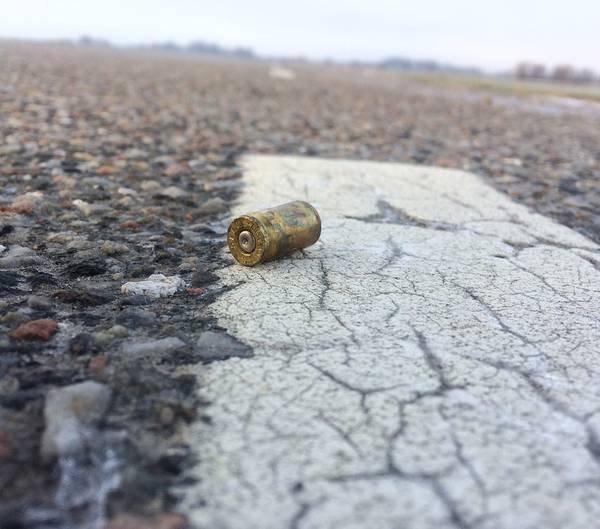
Raymond’s attorneys have found another way to prove his innocence: DNA testing. The prosecution objects.
Scientific advancements have enabled DNA to be extracted from minuscule biological material, including sweat and skin cells. Why would the prosecution object to testing materials from the crime scene if they were certain of Raymond’s guilt?
Three fired shell casings were collected from the crime scene and taken into the custody of the Dayton Police Department (and later, Miami Valley Regional Crime Laboratory).
Prior to firing the gun, the shooter would’ve touched the bullet casings in loading the firearm, potentially leaving skin cells on the casings. The sensitivity of DNA testing has improved to the point where even years later, these casings could be tested for DNA.
Once tested, the results could be compared to a DNA database to yield a profile of the shooter.
Want to learn more about testing shell casings for DNA? See below for more:


